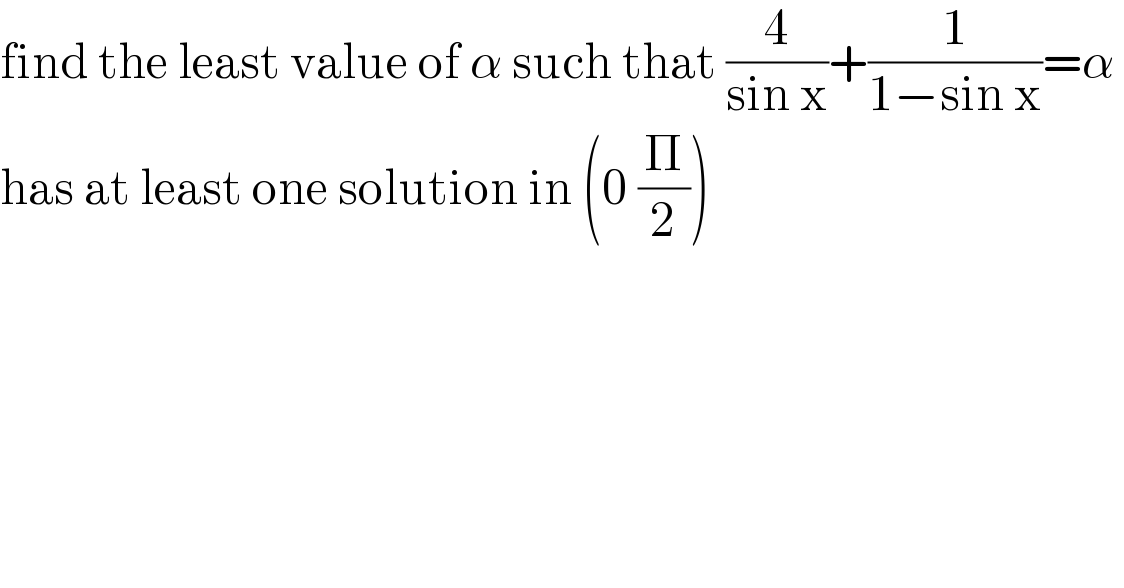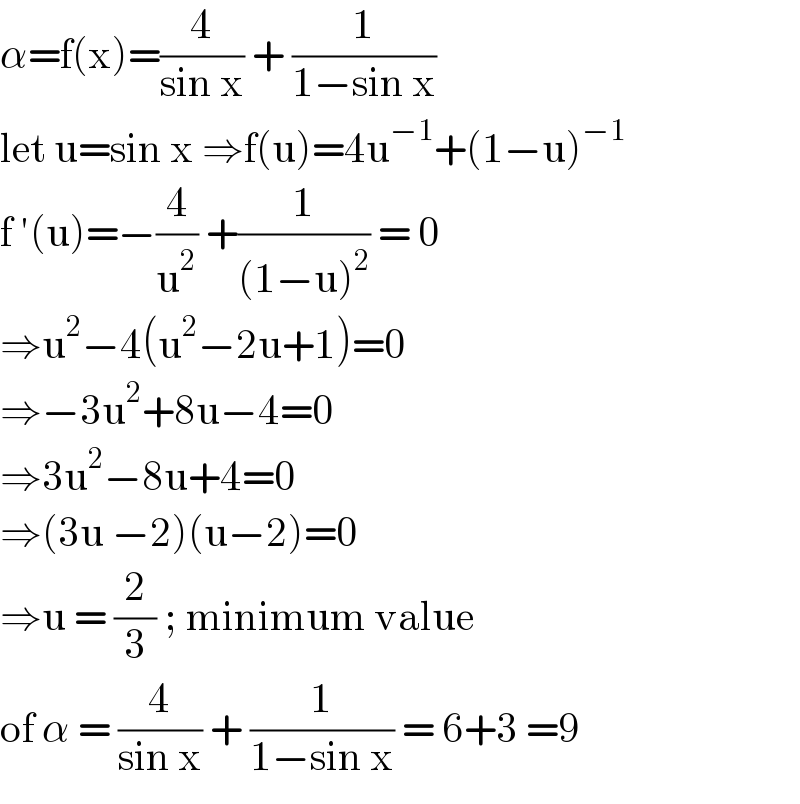
Question and Answers Forum
Question Number 144833 by gsk2684 last updated on 29/Jun/21

Answered by liberty last updated on 29/Jun/21

Commented by gsk2684 last updated on 29/Jun/21

Commented by liberty last updated on 30/Jun/21

| ||
Question and Answers Forum | ||
Question Number 144833 by gsk2684 last updated on 29/Jun/21 | ||
 | ||
Answered by liberty last updated on 29/Jun/21 | ||
 | ||
| ||
Commented by gsk2684 last updated on 29/Jun/21 | ||
 | ||
Commented by liberty last updated on 30/Jun/21 | ||
 | ||